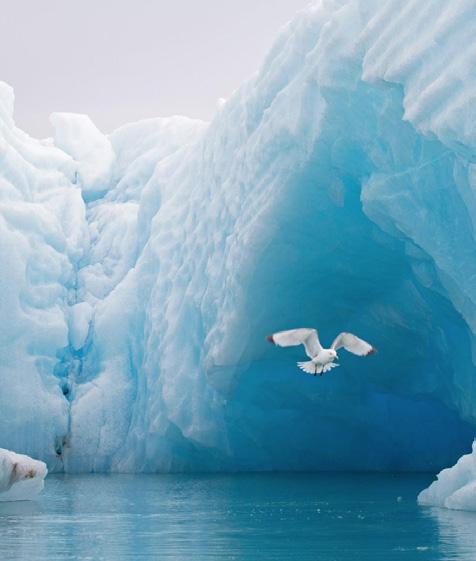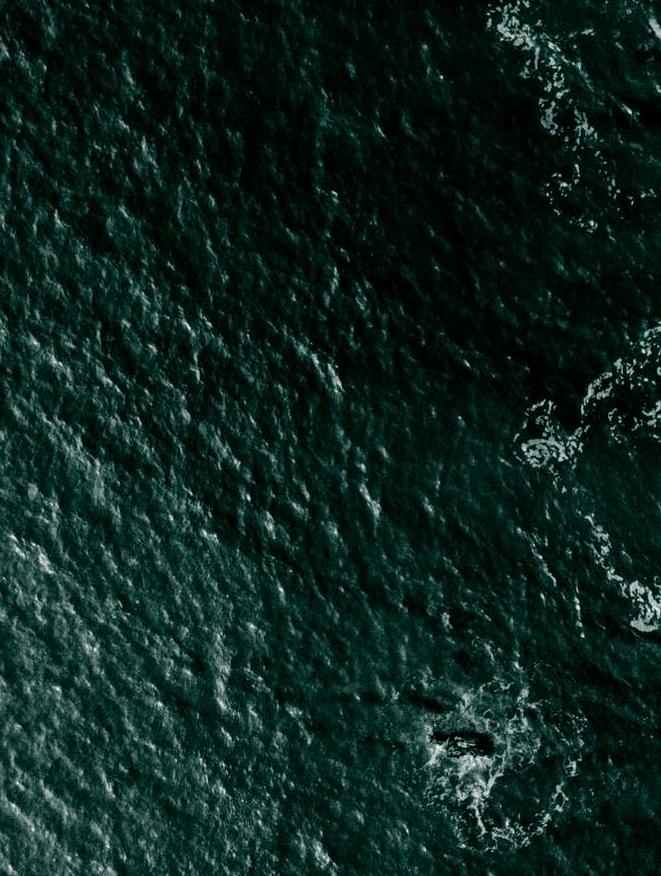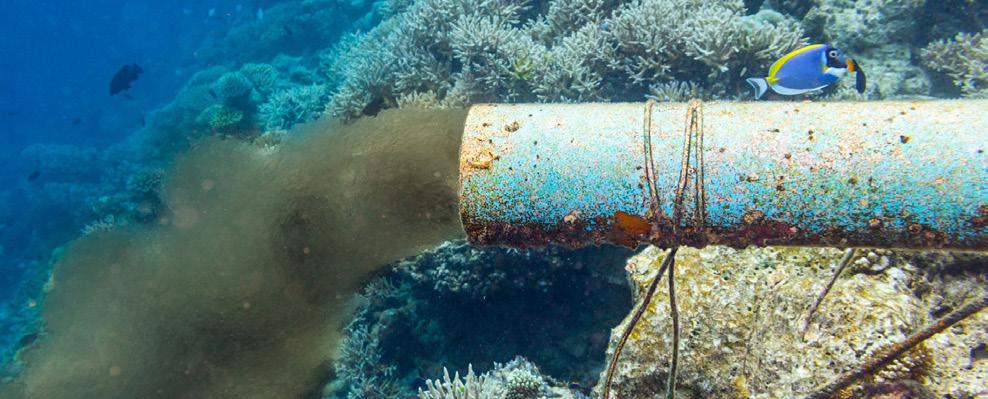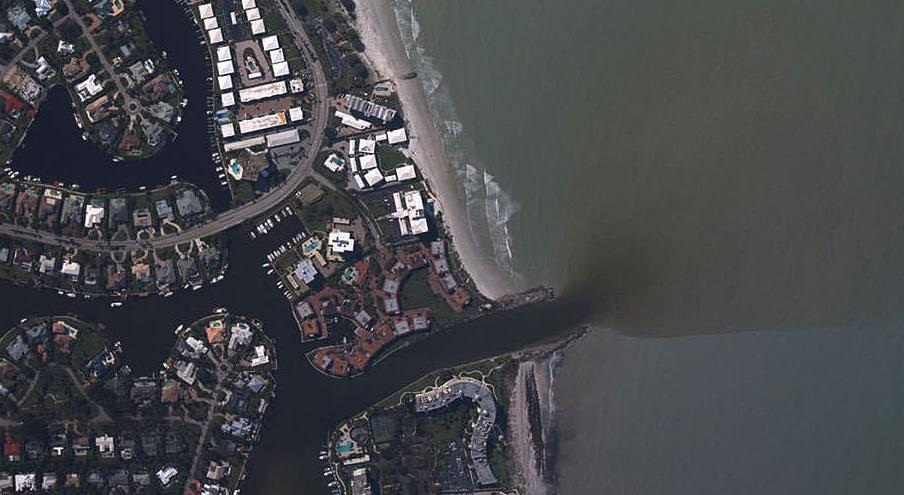
2 minute read
Arctic Ocean
SMALLEST OF THE WORLD’S OCEANS
Smallest of the world’s oceans, centering approximately on the North Pole. The Arctic Ocean and its marginal seas— the Chukchi, East Siberian, Laptev, Kara, Barents, White, Greenland, and Beaufort and, according to some oceanographers, also the Bering and Norwegian seas—are the least-known basins and bodies of water in the world ocean as a result of their remoteness, hostile weather, and perennial or seasonal ice cover. This is changing, however, because the Arctic may exhibit a strong response to global change and may be capable of initiating dramatic climatic changes through alterations induced in the oceanic thermohaline circulation by its cold, southward-moving currents or through its effects on the global albedo resulting from changes in its total ice cover.
Advertisement
A polar bear and her cubs are stranded on an iceless shoreline in Svalbard.
Sea Ice
A black-legged kittiwake soars past an Arctic Ocean iceberg in Svalbard, Norway. Several factors in the Arctic Ocean make its physical, chemical, and biological processes significantly different from those in the adjoining North Atlantic and Pacific Oceans. Most notable is the covering ice pack, which reduces the exchange of energy between ocean and atmosphere by about 100 times. In addition, sea ice greatly reduces the penetration of sunlight needed for the photosynthetic processes of marine life and impedes the mixing effect of the winds. A further significant distinguishing feature is the high ratio of freely connected shallow seas to deep basins.

The cover of sea ice suppresses wind stress and wind mixing, reflects a large proportion of incoming solar radiation, imposes an upper limit on the surface temperature, and impedes evaporation. Wind and water stresses keep the ice pack in almost continuous motion, causing the formation of cracks (leads), open ponds (polynya), and pressure ridges. Along these ridges the pack ice may be locally stacked high and project downward 33–80 feet (about 10–25 metres) into the ocean. Besides its deterrence to the exchange of energy between the ocean and the atmosphere, the formation of sea ice generates vast quantities of cold water that help drive the circulation of the world ocean system.




02 02

The Impact









